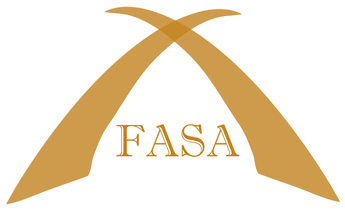Leveraging a grant, the FASA Foundation looked to strengethen leadership teams in Florida.

Based on the research and experiences from the field, it is evident that without effective leaders who are able to focus on instruction and instructional leadership, meeting the needs of all students remains out of reach. Yet, the daily crush of non-instructional responsibilities for leaders seems insurmountable. The MetLife Survey of the American Teacher: Challenges for School Leadership reports that, “Most principals say that their responsibilities today have changed compared to five years ago and that their job has increased in complexity.” And, according to a Stanford University observational study, “Principal’s Time Use and School Effectiveness,” “principals, on average, spent only a little over 10 percent of their day on instruction-related tasks.”
In response to trying to solve this conundrum, the FASA Foundation partnered with the University of Washington Center for Educational Leadership (CEL), the Florida Department of Education, and the Bill & Melinda Gates Foundation to see if supporting school-based instructional leadership teams would help principals focus on instruction and support teacher growth.
The project defined ILTs as a team of teacher leaders and a principal who collaborate together to focus on the improvement of teaching and learning. The following theory of action guided the work: If the principal has an instructional leadership team to collaborate with to identify teaching and learning challenges and to support teachers to solve those challenges, then teachers will be better able to improve their instructional practices, and students — especially students not making progress — will be able to learn at higher levels.
Nine ILT teams from Florida participated in the project. The teams met throughout the 2016-17 school year in whole-group content sessions, regional walkthroughs and individual coaching sessions. During these sessions teams worked on the following:
- Understanding the importance of teacher leadership and the crucial role teachers play in improving teaching and learning.
- Identifying high-quality instruction.
- Observing and analyzing instruction in a nonjudgmental way, focusing on what the teacher can do vs. what is lacking.
- Planning professional development and school improvement.
Read more about this project HERE.

